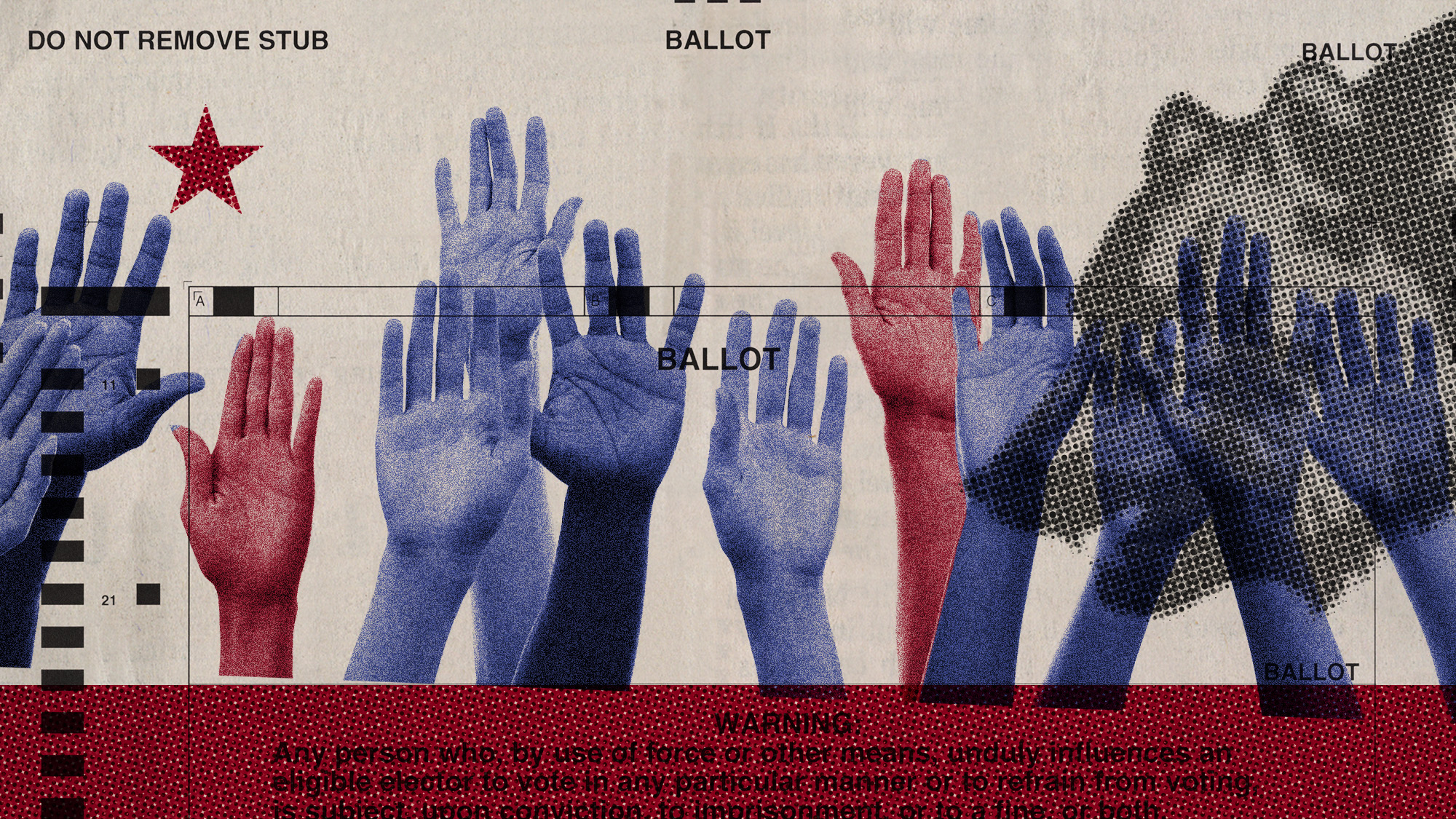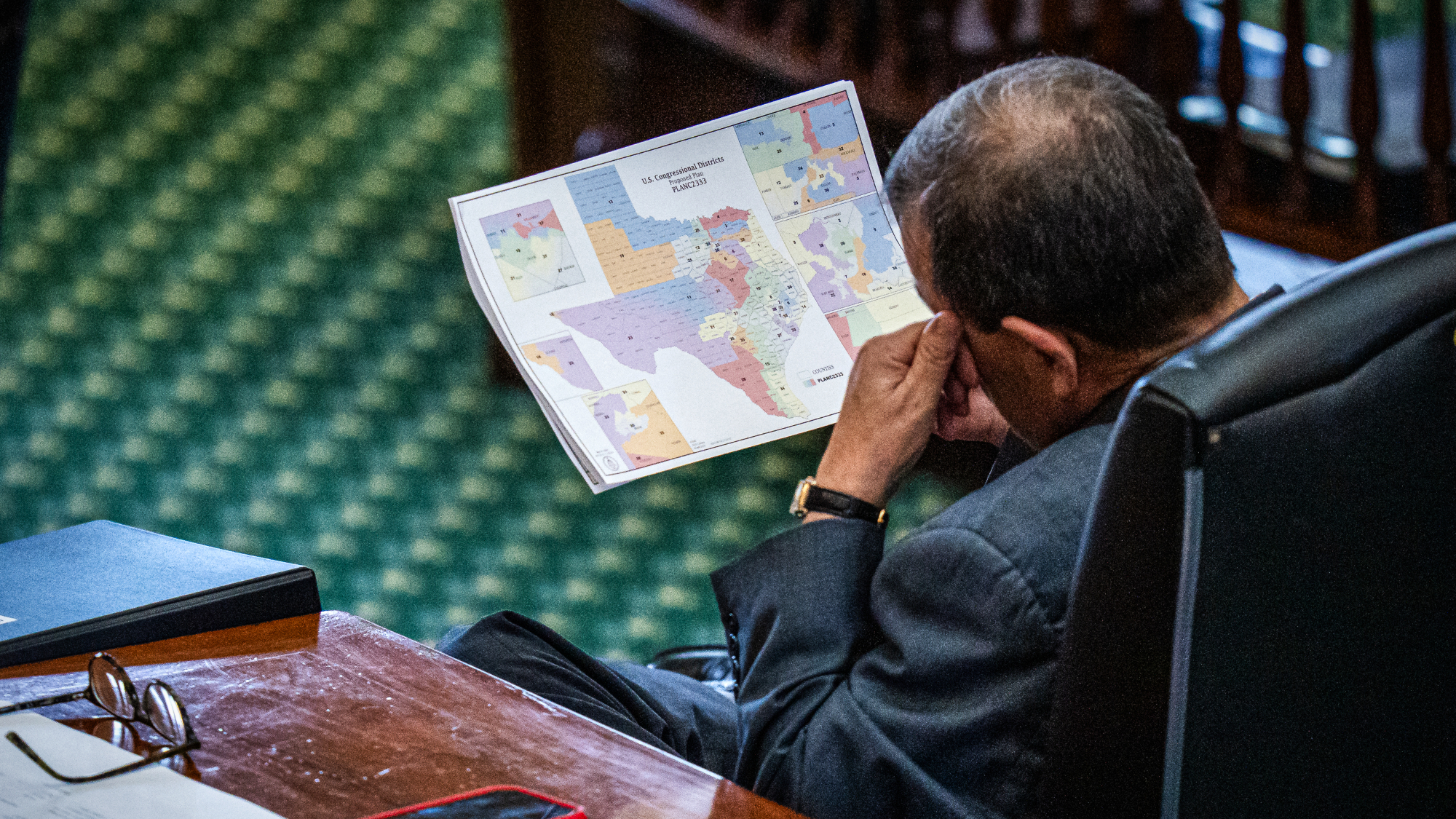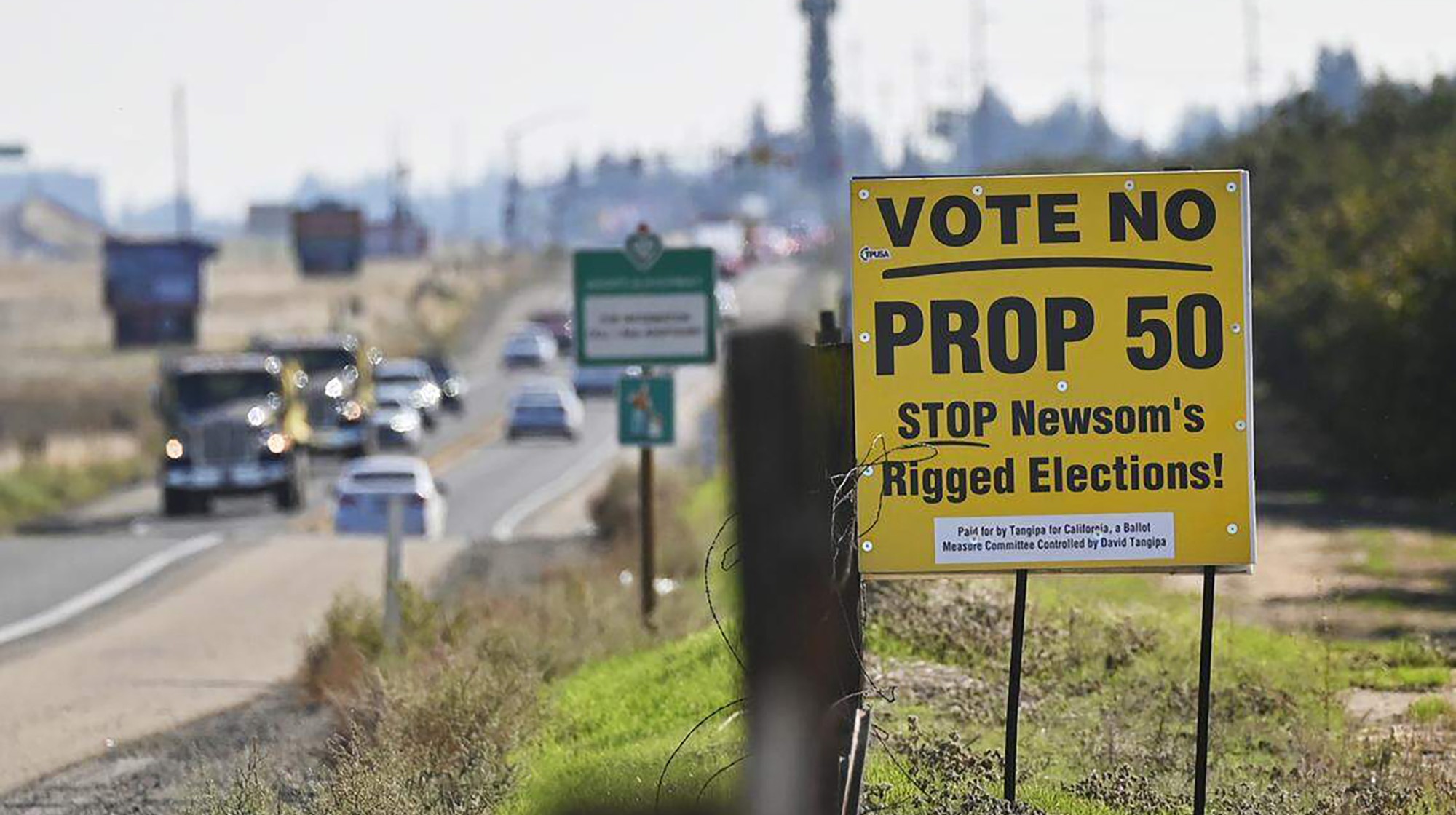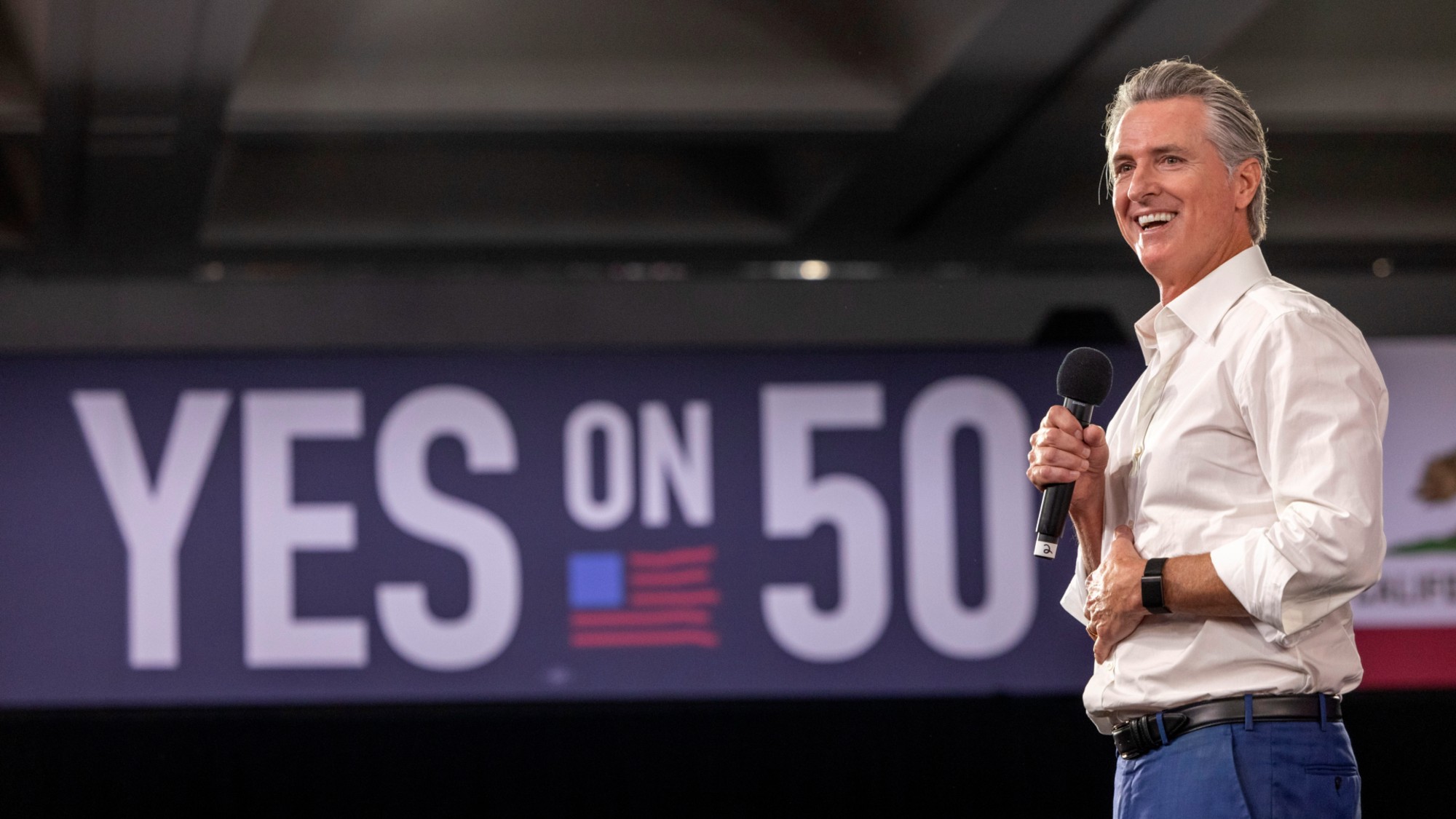Prop 6, inmate firefighters and the state of prison labor
The long-standing controversial practice raises questions about exploitation


Hundreds of inmates joined the firefighters battling the wildfires in Southern California as part of a long-running controversial labor program. The state often relies on incarcerated firefighting crews to combat wildfires in California, especially as climate change intensifies the problem.
While these crews brought "much-needed manpower to depleted fire crews," their presence also "revived criticism of the practice, including over their low pay for dangerous work," said The New York Times. Some inmates say they value the work they do, but prison rights activists largely oppose the use of prison labor, which they call exploitative.
How do prison labor programs work?
Prison labor programs have links to the passage of the 13th Amendment, which abolished slavery "except as a punishment for crime," a loophole that critics and prison rights advocates say permits exploitative labor and involuntary servitude. While the prisoners make well below minimum wage, they are part of a workforce that produces "more than $2 billion a year in goods and commodities and over $9 billion a year in services for the maintenance of the prisons where they are warehoused," the ACLU and The University of Chicago's Global Human Rights Clinic said in a 2022 joint report. In exchange, the imprisoned are paid an average of 52 cents an hour nationally — or nothing in seven states. Some are left with less than half of what they earn after taxes.
The Week
Escape your echo chamber. Get the facts behind the news, plus analysis from multiple perspectives.

Sign up for The Week's Free Newsletters
From our morning news briefing to a weekly Good News Newsletter, get the best of The Week delivered directly to your inbox.
From our morning news briefing to a weekly Good News Newsletter, get the best of The Week delivered directly to your inbox.
Why are prison labor programs controversial?
Less than ten states have amended their constitutions to abolish forced prison labor. In many states, prison work programs persist and are sometimes mandatory. "I don't think we have gotten rid of convict leasing," Darrick Hamilton, an economist and director of the Institute on Race, Power and Political Economy at the New School, said to The New York Times. "It's an illusion of choice — there's no real consent that they can offer." The ACLU found that 76% of incarcerated workers said that the prison mandated working or they risked facing additional punishment such as solitary confinement or loss of visitation privileges. "The reality is that once people enter the prison gates, they lose the right to refuse to work," Jennifer Turner, the lead author of the ACLU study, said to NPR. Instead of being paid fairly, the "prisoners' wages are often garnished to pay for things like their own room and board and court fees to appeal their cases," said Forbes.
In 2024, voters in both Nevada and California were presented with the opportunity to ban the use of prisoners as unpaid labor. Nevada's ban passed, but California voters rejected Proposition 6, which would have amended the constitution to remove language that allows involuntary servitude as a form of criminal punishment. Some imprisoned firefighters love their work, said Lori Wilson, the California Assembly member who spearheaded Prop. 6. They just wish they were paid more. "They find it truly rewarding and enriching," Wilson told NBC News.
Despite the loss, the prison rights advocates will continue "fighting to have additional wages, and to be fairly compensated." She added that they were interested in fair wages and allowing inmates to "use that service for further employment" after release. "There's an imbalance there that needs to be resolved."
A free daily email with the biggest news stories of the day – and the best features from TheWeek.com
Theara Coleman has worked as a staff writer at The Week since September 2022. She frequently writes about technology, education, literature and general news. She was previously a contributing writer and assistant editor at Honeysuckle Magazine, where she covered racial politics and cannabis industry news.
-
 Employees are branching out rather than moving up with career minimalism
Employees are branching out rather than moving up with career minimalismThe explainer From career ladder to lily pad
-
 ‘It is their greed and the pollution from their products that hurt consumers’
‘It is their greed and the pollution from their products that hurt consumers’Instant Opinion Opinion, comment and editorials of the day
-
 Jane Austen lives on at these timeless hotels
Jane Austen lives on at these timeless hotelsThe Week Recommends Here’s where to celebrate the writing legend’s 250th birthday
-
 A crowded field of Democrats is filling up the California governor’s race
A crowded field of Democrats is filling up the California governor’s raceIn the Spotlight Over a dozen Democrats have declared their candidacy
-
 Court strikes down Texas GOP gerrymander
Court strikes down Texas GOP gerrymanderSpeed Read The Texas congressional map ordered by Trump is likely an illegal racial gerrymander, the court ruled
-
 Will California tax its billionaires?
Will California tax its billionaires?Talking Points A proposed one-time levy would shore up education and Medicaid
-
 Trump DOJ sues to block California redistricting
Trump DOJ sues to block California redistrictingSpeed Read California’s new congressional map was drawn by Democrats to flip Republican-held House seats
-
 Newsom slams Trump’s climate denial at COP30
Newsom slams Trump’s climate denial at COP30speed read Trump, who has called climate change a ‘hoax,’ declined to send any officials to this week’s summit
-
 ‘America today isn’t just looking to overcome’
‘America today isn’t just looking to overcome’Instant Opinion Opinion, comment and editorials of the day
-
 ‘These wouldn’t be playgrounds for billionaires’
‘These wouldn’t be playgrounds for billionaires’Instant Opinion Opinion, comment and editorials of the day
-
 JD Vance wades into choppy religious waters about wife Usha
JD Vance wades into choppy religious waters about wife UshaTHE EXPLAINER By emphasizing his hope that the Second Lady convert to Christianity, the vice president is inviting controversy from across the religious spectrum
